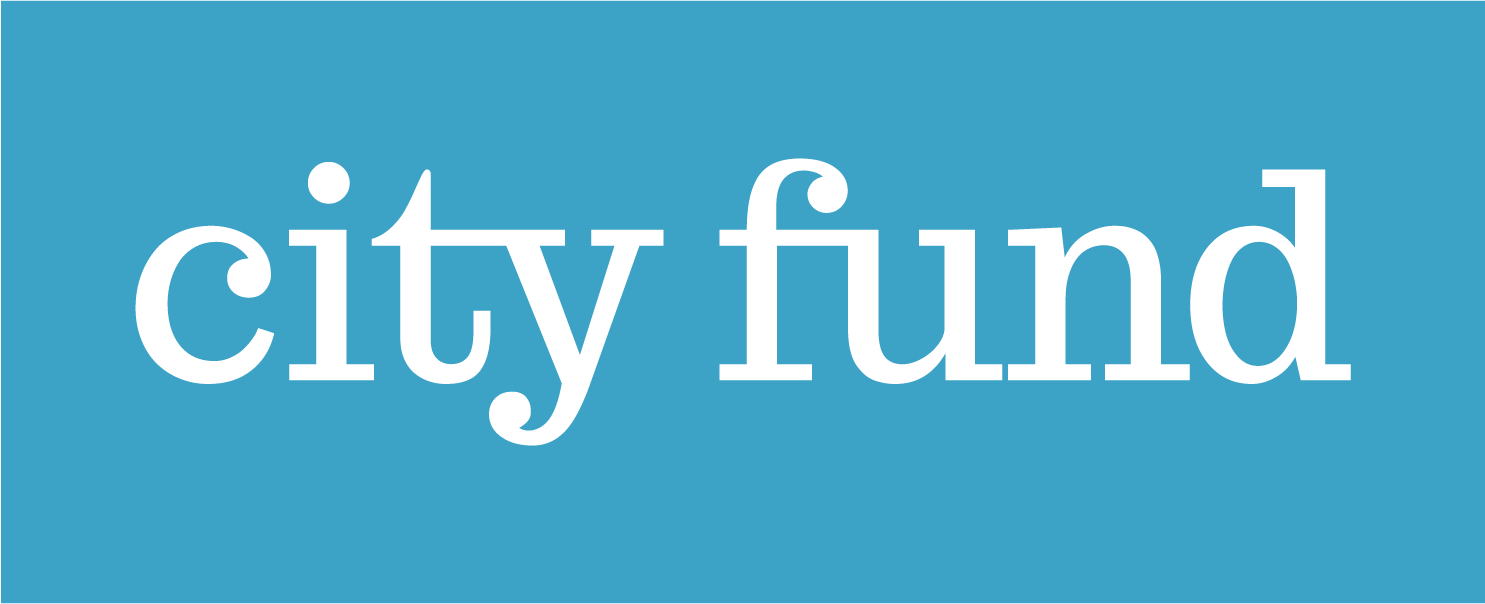Newark
In the mid-1990s, state officials took over Newark’s schools because of academic underperformance and fiscal mismanagement. Early efforts failed to make an impact. Over the past decade, things have changed: Newark is now one of the most improved school districts in New Jersey. In 2018, an elected school board regained control of Newark schools.
In 1995, the state took over Newark for academic underperformance and financial mismanagement.
In 2006, students in Newark scored in the 39th percentile of similar school districts in New Jersey.
In 2011, only 63% of students graduated from high school.
Newark introduced a series of efforts to improve schools. The changes empowered educators, shifted resources from the central bureaucracy, and gave families more equitable access to public schools across the city.
The State of New Jersey approved the opening and expansion of a number of high quality non-profit charter schools in Newark, providing thousands of families the opportunity to attend higher-performing schools. The state also closed charter schools that were not meeting expectations.
Newark Public Schools created a unified enrollment system that provides parents with equitable access to schools across the city.
Newark Public Schools made major investments in recruiting, supporting, and retaining effective educators. They accomplished this through a new innovative collective bargaining agreement for teachers and an expanded support system for educators across the district.
The reforms have led to major gains in educational opportunity, especially for low-income students.
Newark now ranks in the 80th percentile of similar districts across New Jersey.
Charter schools in Newark now outperform New Jersey state averages.
New Jersey has one of the highest-performing school systems in America. In 2019, low-income African American and Latinx children in Newark charter schools outperformed their wealthier peers across the state.
The reforms have been particularly impactful for African-American students.
The percentage of African-American students who attend a school that outperforms the state average has increased from 7% to 31%
The graduation rate in Newark has increased from 62.5% in 2011 to 76% in 2019.
Newark has made incredible progress over the past decade, particularly for low-income students. However, 15,000 students still attend underperforming district and charter schools. Much work remains to ensure every Newark student attends an amazing public school.

